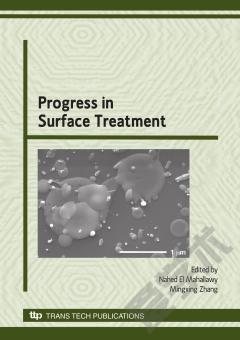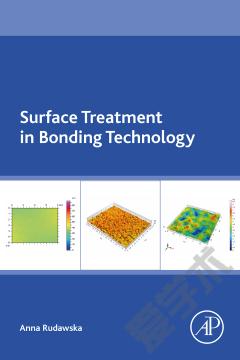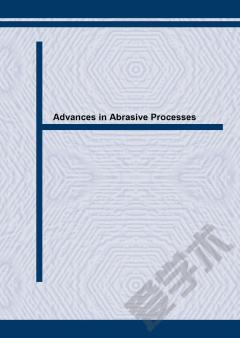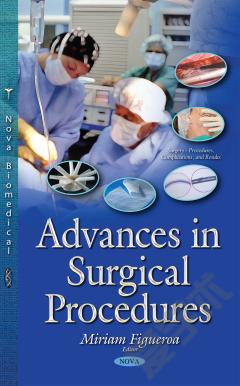Progress in Surface Treatment
All components and mechanical parts have surfaces which are either exposed to a particular environment or are in contact with other components. Consequent corrosion and/or wear of the surface may then lead to destructive failure. A so-called “bad” surface is a favoured spot for crack initiation, resulting in a decrease in the fatigue, tensile properties and even toughness of materials. Although the development of new materials can improve the surface properties, this can also lead to a change in the properties of the substrate. For example, increasing the carbon content significantly improves the wear resistance of steels, but toughness has to be sacrificed. Increased cost is another major concern. Moreover, for some components, such as gears, a ductile substrate and a hard surface are required. In this case, surface treatment remains the only choice. Surface modification, also termed surface treatment, has thus been recognised as being a major emergent manufacturing technology for improving the surface properties, with minimal alteration of the substrate.The purpose of this special volume on surface engineering is to provide an overview of the most popular modern surface-treatment technologies for structural materials, and thus enable materials scientists and engineers to select suitable techniques for their research and manufacturing needs. It comprises reports of cutting-edge research results and reviews of the most recent developments in the use of a particular technique.
{{comment.content}}








 京公网安备 11010802027623号
京公网安备 11010802027623号